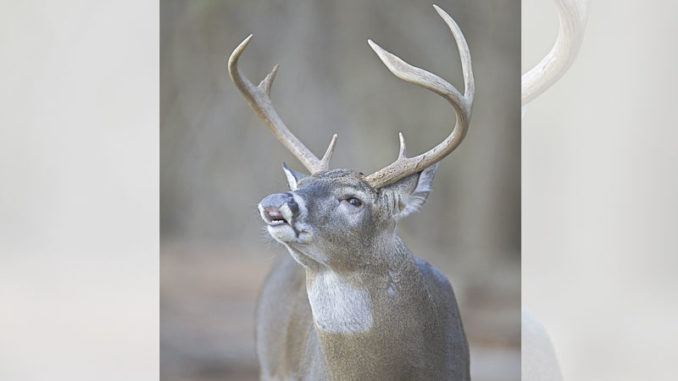
No other factor in deer hunting is as important to success as controlling scent. If you want to take mature bucks, this is an area requiring strict attention.
Most of us have heard of the 90/10 rule.
It states that 10% of fishermen or hunters take 90% of the fish and game. In fact, the disparity may be even greater. If your goal this deer season is to take a mature buck and join that 10%, take the necessary steps that will help this to become a reality.
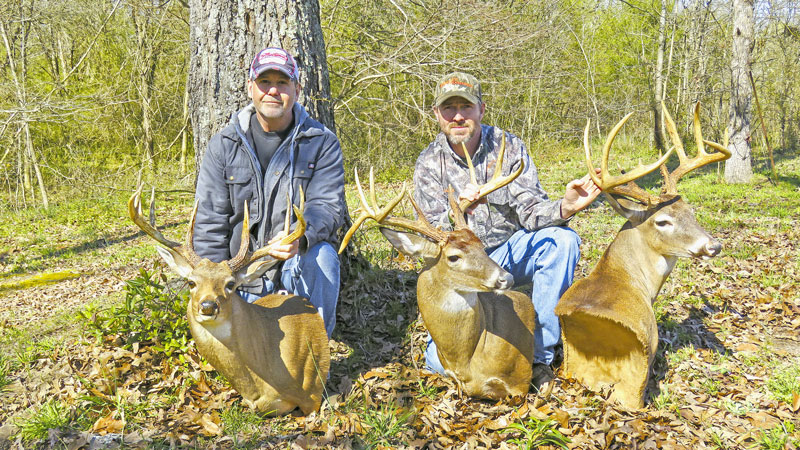
Russell Cooper is a successful bowhunter and former owner of Saluda River Archery in Piedmont, S.C. He has taken many great bucks, and his success is not an accident. He attributes much of it to the close attention he pays to scent control.
Cooper was analytical in his early approach to deer hunting. He recognized the superior sense of smell deer possess and studied how he could defeat them. He found that immature deer were more tolerant of human scent. But the mature bucks he targeted were very elusive.
Cover scents work, but not without other measures
Cooper began to experiment with cover scents, developing a couple of formulas that proved successful. He realized that cover scents could not be 100% successful unless additional steps were taken to suppress human odor. So he developed a formula for bathing that includes this recipe: combining hypo-allergenic laundry detergent, baking soda and alcohol. He uses a commercially available crystal rock deodorant that is unscented, hypo-allergenic and creates an invisible, protective barrier against odor-causing bacteria. In addition, Cooper also starts taking chlorophyll tablets before the season opens.
Another precaution Cooper takes is trimming foliage before the season. This is how he avoids brushing against it as he travels to and from his stand. That would leave tell-tale human scent that mature bucks would detect.
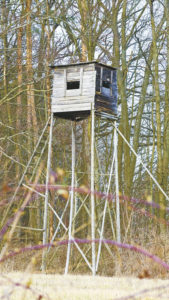
Cooper goes so far as to have a separate washer and dryer that he uses only for hunting clothes. He is also an advocate of using UV-free detergents. He understands that deer can detect brighteners used in commercial detergents.
Cooper believes that mature bucks notice any scents of human origin, even urine, and be alarmed. Younger bucks do not have the same fear.
The scent of smoke rarely concerns deer
Cooper makes a cover-scent product he calls “Natural Cover.” He has two formulas. One is made from a proprietary blend of chlorophyll and evergreen oil. The other features his “smoke” formula. He is working on a third cover-scent formula that is a natural insect repellent as well.
Cooper said that Native Americans and early settlers used smoke to camouflage their scent. He said he’s watched mature bucks that appeared to smell the smoke scent but were not alarmed because it masked human scent.
Chuck Mulkey, the owner of Chuck’s Taxidermy and Deer Processing in Anderson, S.C., is also convinced of the superior scenting capabilities of deer. He tries to hunt from stands at a height of about 20 feet. This is high enough to avoid scent detection. And it’s low enough to have a good shot angle for archery hunting.
Early on, Mulkey hunted with little regard for scent control, but in his quest for big bucks, he was soon convinced that it was required. He now uses Scentlok and Dead Down Wind scent-control products. He also collects weeds and herbs common to areas that he hunts. And he distills a solution to spray on his clothing and gear to mask his scent by making it similar to the environment.
Deer droppings also help
Mulkey also collects deer droppings, placing them near his stand. If he sees fresh droppings as he goes to his stand, he will step on them, so his boots leave the scent along his approach.
With regard to camo patterns, Mulkey prefers patterns with a lot of green for early season. But both he and Cooper like patterns that have bold areas of dark and light that make them blend into the foliage better. Cooper mentioned Vertigo, which has dark and white intermingled in a pattern that blends into most woodland environments.
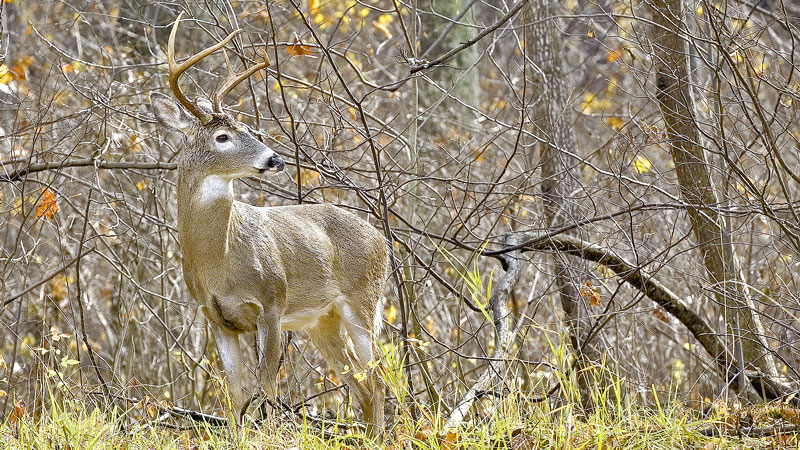
The acute senses of white-tailed bucks
Any time deer hunters gather and conversation turns to whitetails, their sense of awareness with regard to predators is a topic.
Deer have an uncanny ability to detect movement. They are uniquely adept at seeing blues and yellows. Clothing washed in detergents with brighteners (bluing agents) are easily spotted. They are far-sighted and can spot movement from amazing distances. Deer have excellent peripheral vision of 250, to 270 degrees.
The discussion will also focus on one of the most troublesome aspects of deer hunting: their ability to detect human scent. Every hunter should have a routine before each hunting trip that includes washing clothes in unscented detergent without brighteners and storing in a scent-free container.
Numerous cover scents are commercially available, made from natural or synthetic formulas. Regardless of the cover scent, several steps must be taken to avoid being detected.
- • Shower with unscented soap or shampoo.
- • Use unscented antiperspirant; bacteria causes human body odors and perspiration fosters bacteria.
- • Avoid strong odors, such as smoking or pumping gasoline on the way to a hunting location.
- • Setups must be downwind. Despite our best efforts, deer sometimes still detect our presence. Being downwind is good insurance.

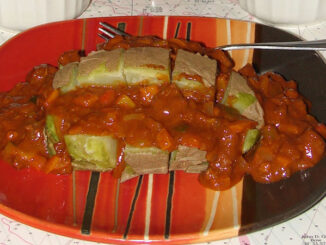


Be the first to comment